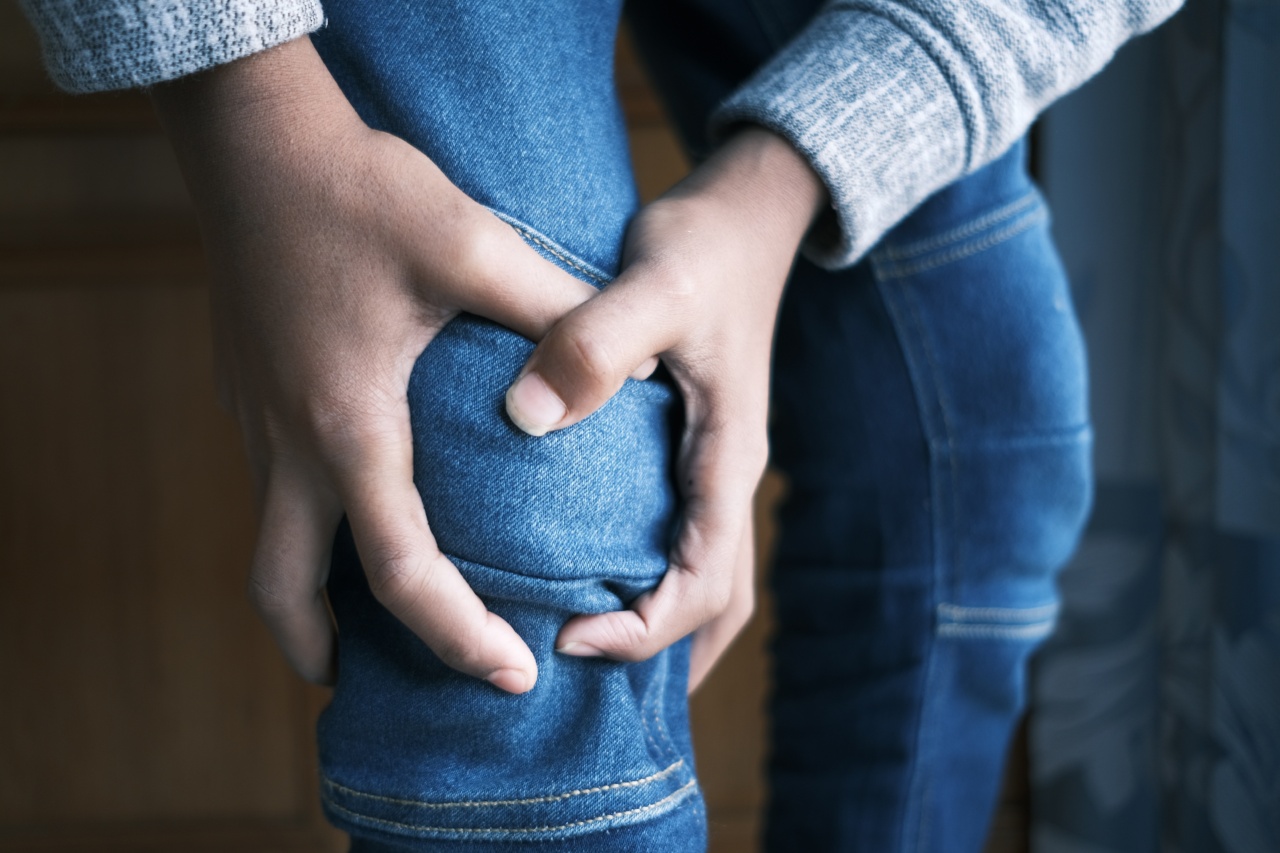Knee osteoarthritis (OA) is a chronic condition that affects millions of people worldwide. It is a degenerative joint disease that leads to the loss of cartilage, resulting in pain, swelling, and stiffness in the knee joint.
While there are currently no cures for knee OA, there are several things you can do to alleviate the symptoms, such as:.
1. Exercise
Exercising regularly is one of the best things you can do to manage knee OA. Specifically, low-impact exercises like swimming, cycling, and walking are effective in reducing pain and stiffness.
Exercise also helps to strengthen the muscles around the knee joint, which provides extra support and protects the joint from further damage.
2. Weight Loss
If you are overweight or obese, losing weight can significantly improve your knee OA symptoms. It reduces the pressure on the knee joint, which can lower inflammation and help to delay further cartilage breakdown.
Losing weight can also improve your overall health and reduce the risk of developing other chronic diseases.
3. Joint Support
Using assistive devices like knee braces, canes, or crutches can help to reduce the pressure on your knee joint. These devices help to distribute weight away from the knee joint, which can reduce pain and increase mobility.
You can wear knee braces during physical activities that require more knee movement, such as running or squatting.
4. Hot and Cold Therapy
Using heat or cold therapy can help to alleviate knee OA symptoms. Applying a warm compress or taking a warm bath can help to relax the muscles around the knee joint and increase blood flow, which provides pain relief.
On the other hand, using an ice pack can help to reduce inflammation and swelling. Applying ice to the affected area for 15 to 20 minutes, three to four times a day, can provide significant relief.
5. Acupuncture
Acupuncture is an alternative therapy that can help to relieve knee OA symptoms. It involves inserting fine needles into specific points around the knee joint to stimulate blood flow and reduce pain and inflammation.
Acupuncture is safe and effective, and several studies support its use in treating knee OA.
6. Medications
Several medications can help to relieve knee OA pain and stiffness. Over-the-counter medications like acetaminophen and nonsteroidal anti-inflammatory drugs (NSAIDs) can provide pain relief.
If your symptoms are severe, your doctor may prescribe stronger pain medications or joint injections of corticosteroids or hyaluronic acid. These injections can help reduce inflammation and improve joint lubrication.
7. Lifestyle Changes
Making lifestyle changes, like improving your diet and getting enough sleep, can also help to alleviate knee OA symptoms.
Eating a healthy diet rich in anti-inflammatory foods like fish, fruits, and vegetables, can help to reduce inflammation and promote better joint function. Getting enough sleep is also essential as it helps to repair damaged tissues and reduces inflammation.
8. Surgery
If all other treatments fail, surgery may be necessary to repair or replace the damaged knee joint. Total knee replacement is one of the most common surgeries for knee OA, but it should only be done when other treatments are not working.
9. Physical Therapy
Your doctor may suggest physical therapy to help you manage your knee OA symptoms. A physical therapist can teach you exercises to strengthen the muscles around your knee joint, improve your range of motion, and reduce pain.
Physical therapy is safe and effective, and several studies support its use in treating knee OA.
10. Massage Therapy
Massage therapy is a complementary treatment that can help to alleviate knee OA symptoms. It involves manipulating the soft tissues around the affected knee joint to reduce pain and stiffness.
Massage therapy is safe and effective, and several studies support its use in treating knee OA.




























